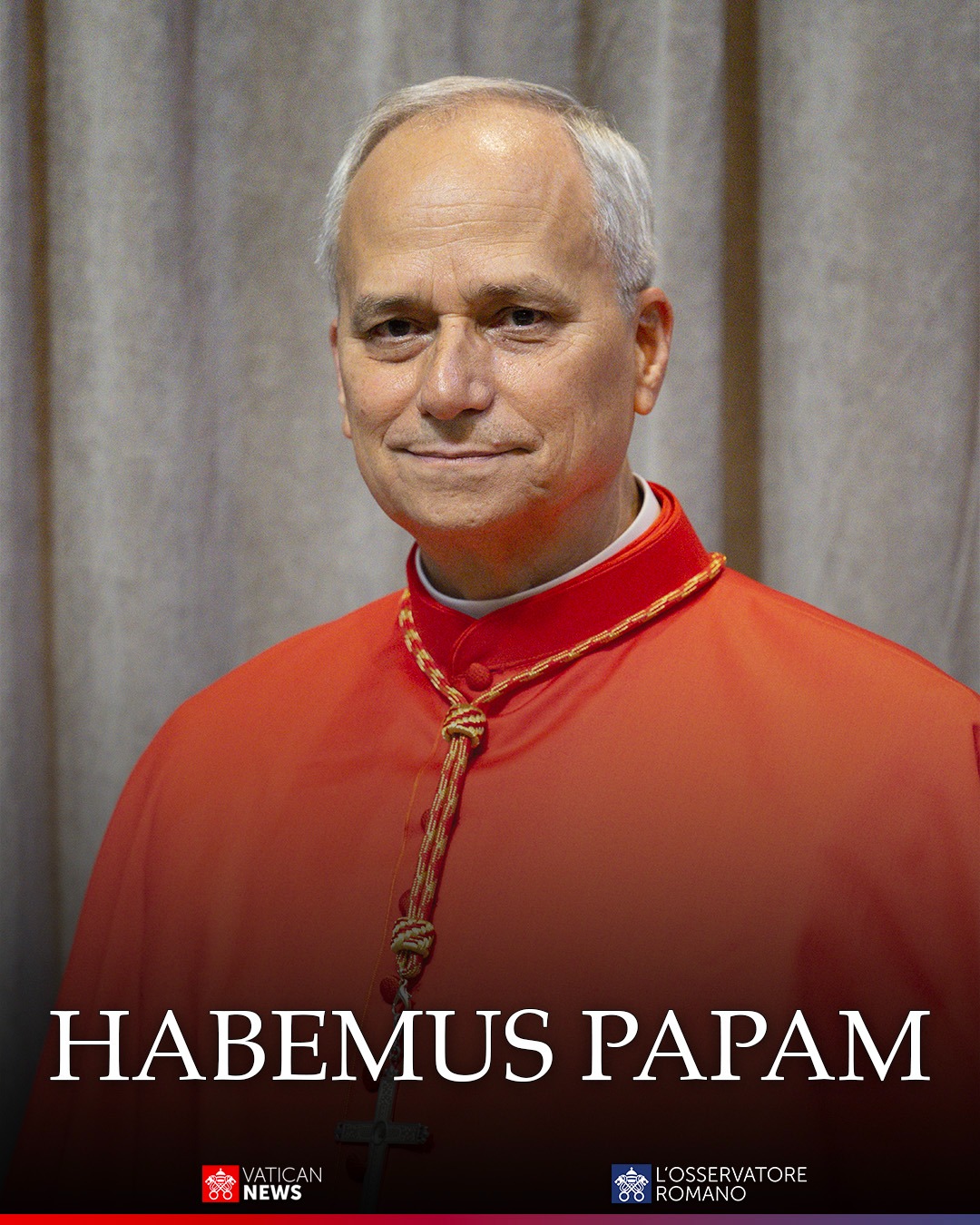VATICAN CITY — The Catholic Church has a new shepherd — Pope Leo XIV, formerly Cardinal Robert Francis Prevost, has been elected the 267th Bishop of Rome.
White smoke billowed from the Sistine Chapel chimney today, and moments later, the resounding words echoed from the balcony of St. Peter’s Basilica: “Habemus Papam!”
The announcement, made by Cardinal Protodeacon Dominique Mamberti, marked the culmination of a historic conclave that gathered 133 Cardinal electors in the sacred halls of the Vatican. The choice fell on a seasoned Church leader with deep ties to both Latin America and the United States.
Born in Chicago on September 14, 1955, Robert Francis Prevost began his priestly journey in the Order of Saint Augustine. His missionary work took him to Peru, where he served for over a decade in pastoral and academic roles. In 2015, he became Bishop of Chiclayo and later acquired Peruvian citizenship — a rare dual identity that would shape his global pastoral perspective.
In 2023, Pope Francis appointed him Prefect of the Dicastery for Bishops and President of the Pontifical Commission for Latin America, placing him at the heart of global episcopal appointments and Latin American Church affairs. These roles cemented his reputation as a thoughtful, reform-minded leader, and positioned him as a leading papal contender following the death of Pope Francis earlier this year.

As the new Pope, Leo XIV inherits a Church navigating complex challenges — from the role of women, sexual abuse reform, and global inequality, to secularism and interfaith dialogue. His papal motto, “In illo uno unum” (“In the one Christ we are one”), signals a vision rooted in unity and inclusion.
In a moving moment just before his first address, Pope Leo XIV paused in silent prayer at the Blessed Sacrament in the Pauline Chapel. Then, stepping onto the Loggia of Blessings for the first time as Pope, he greeted the crowd in multiple languages and offered his Urbi et Orbi blessing — to the city and to the world.
Pope Leo XIV becomes the first Augustinian Pope in modern history and the first Pope born in the United States. His dual identity as a Peruvian-American may usher in a new era of cultural and geographic bridge-building for the Catholic Church.
As the bells of St. Peter’s rang and pilgrims waved flags from around the world, one thing was clear: a new chapter has begun in the long history of the Church — one with a Pope named Leo at the helm once more, nearly 120 years after Leo XIII.









